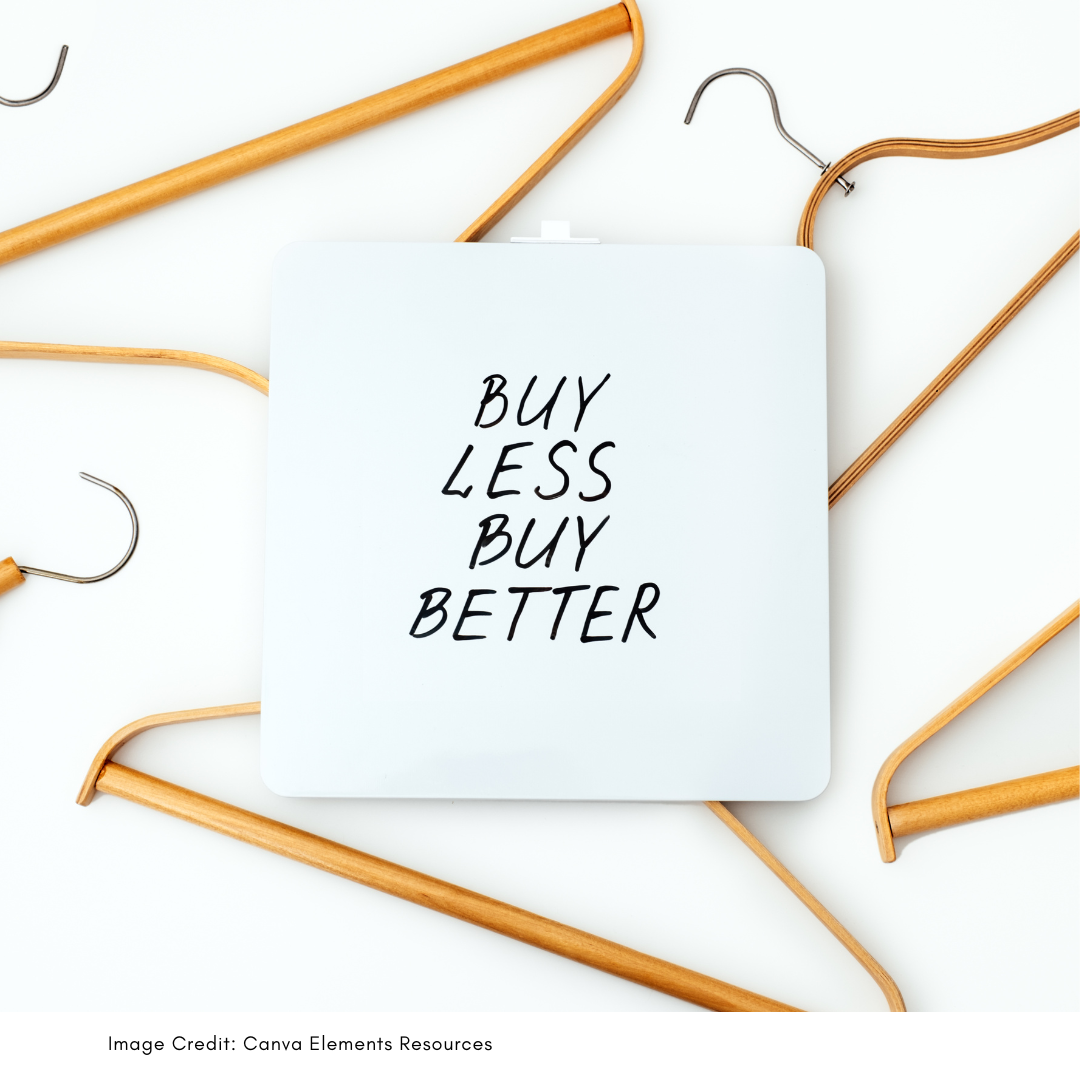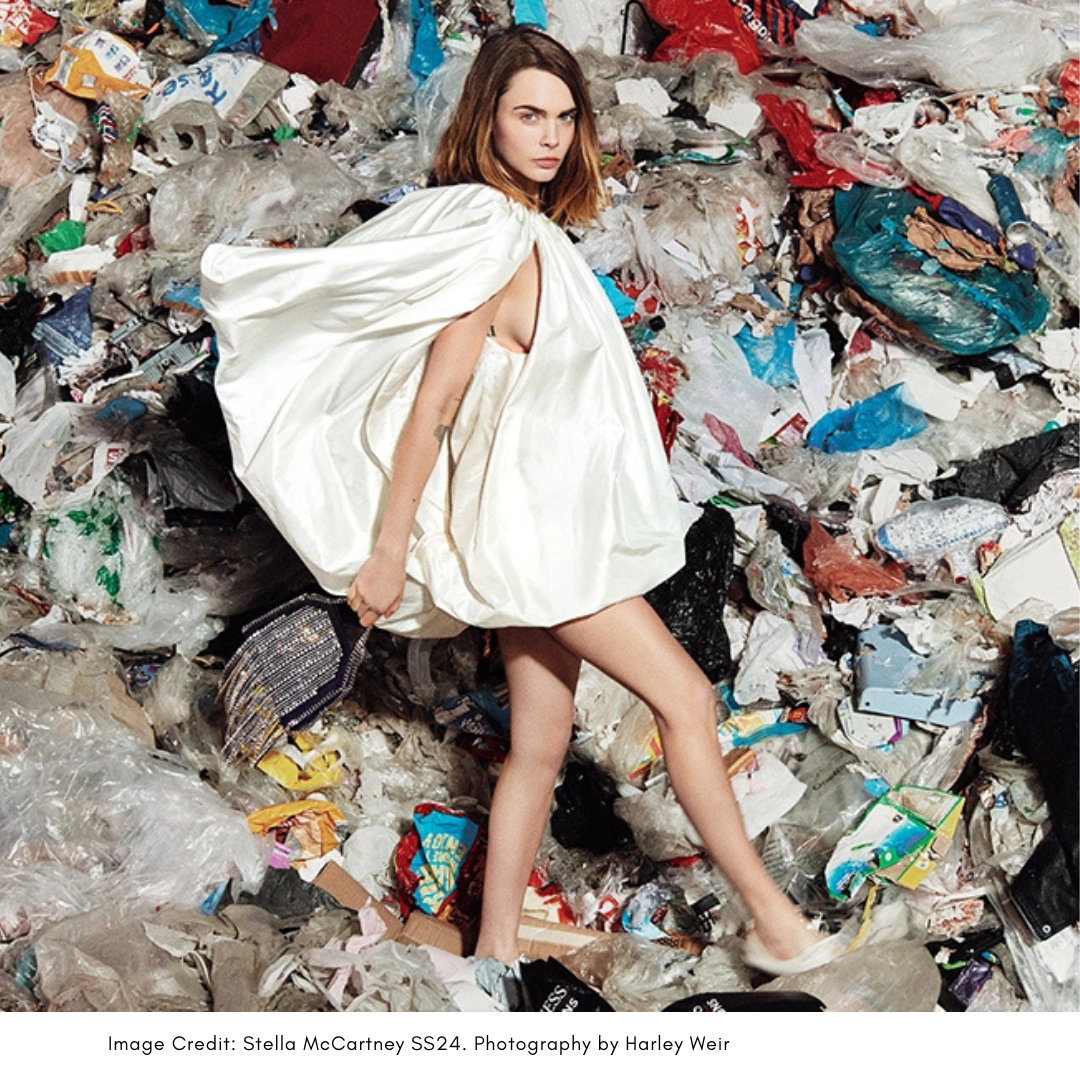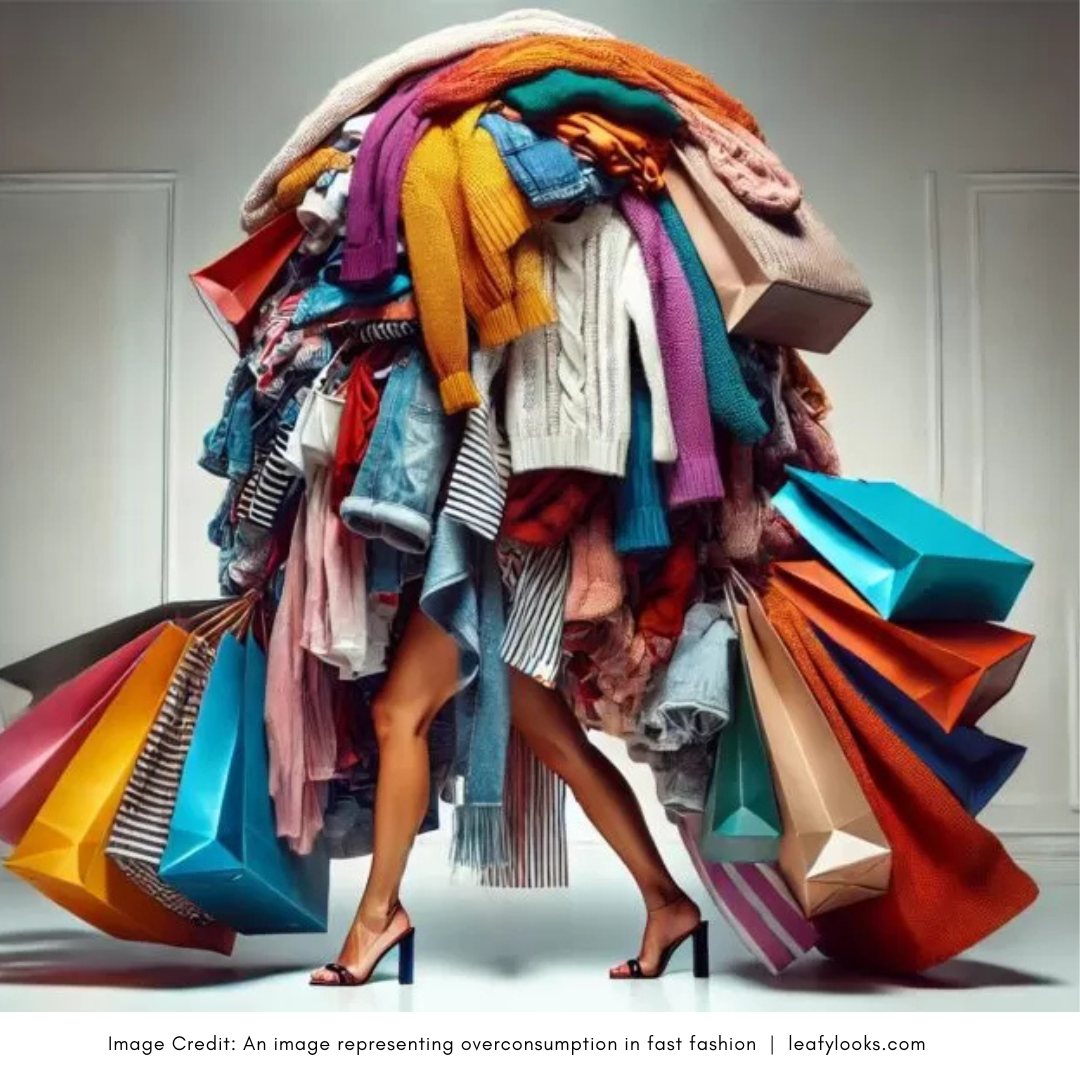
Five Ways Fashion Needs to Step Up on Sustainability in 2025
As the world continues to evolve, the fashion industry faces increasing pressure to align with sustainable practices that address environmental challenges and consumer demand for ethical responsibility. By 2025, it’s crucial for the industry to make significant strides in sustainability. Here's how fashion can step up its game and create a more sustainable future for everyone.
- Embrace Circular Fashion Models
One of the most impactful shifts fashion can make is adopting circular models, where products are designed with their end-of-life in mind. Rather than contributing to the growing waste problem, fashion brands need to design clothing that can be easily recycled or repurposed. Reworking materials and transforming products instead of discarding them helps reduce waste and the need for new resources. Brands should embrace the concept of "buy less, buy better" by investing in durable designs that withstand the test of time.

- Shift to Eco-Conscious Materials
Sourcing sustainable materials is an essential step for the industry. The use of organic cotton, hemp, recycled fabrics, and plant-based alternatives reduces the carbon footprint of production. For example, brands can utilize fabrics like Tencel, which are derived from sustainably harvested wood pulp, or leather alternatives made from fungi and plant-based components. By shifting to these innovative materials, fashion companies can greatly minimize their environmental impact while still producing beautiful, luxurious garments.
One example is Stella McCartney, a leading figure in sustainable fashion, challenges the misconception that eco-friendly fashion lacks luxury or beauty. She emphasizes that 'eco' doesn't have to mean dull or oversized garments. McCartney is known for her commitment to ethical design, avoiding leather and fur, and supporting environmental efforts like protecting endangered forests.
McCartney hopes her work in sustainability and regenerative materials will inspire future designers, as she believes this is the future of fashion.
- Support Transparent Supply Chains
In 2025, transparency will no longer be optional. Consumers are demanding to know where their clothes come from, how they were made, and under what conditions. To truly promote sustainability, fashion brands must open up their supply chains and offer full visibility into every stage of their production process. This means not just knowing where the raw materials are sourced but ensuring ethical labor practices and minimal environmental damage throughout manufacturing and distribution. Certifications like Fair Trade and GOTS (Global Organic Textile Standard) can help ensure products meet the highest sustainability standards.
- Incorporate Innovation and Tech for Sustainability
Technology is playing a significant role in transforming the fashion industry, and its influence on sustainability is undeniable. From 3D knitting machines that reduce waste to AI-driven design tools that minimize overproduction, fashion must embrace innovation. New technologies can help streamline production, allowing for on-demand manufacturing that reduces overstock and waste. Additionally, advancements in digital fashion, such as virtual try-ons and augmented reality, offer opportunities for consumers to explore fashion without the need for physical products.
Several high-end retailers are already utilizing AI-powered AR virtual try-on technology. Italian luxury fashion brand Gucci offers a VTO feature for sunglasses, sneakers, masks, lipsticks, and hats through its app. Department store Kohl’s has partnered with Snapchat to introduce its Augmented Reality Virtual Closet. French luxury house Louis Vuitton features an AR Try-On function via its app, while iconic British brand Burberry offers the Burberry Beauty Virtual Studio for a similar experience.

- Reimagine Fashion Consumption
Finally, fashion needs to encourage more conscious consumption. The fast-fashion model, which promotes constant buying, is unsustainable for the planet. Brands should focus on offering longer-lasting, versatile pieces and promote rental services, clothing swaps, and secondhand markets. As consumers become more aware of their environmental impact, they are increasingly looking for alternatives to traditional shopping. By offering rental, resale, and repair services, fashion brands can cater to this demand and reduce their environmental footprint.
Sustainability is not just a trend—it’s a necessity for the future of fashion. By making these key changes by 2025, the fashion industry can move toward a more sustainable, responsible, and ethical future, benefiting both the planet and the people who rely on it. Now is the time for brands to take action, innovate, and lead the way in creating a more conscious and eco-friendly world of fashion.


